Spicy Jerk Chicken: Recipe and Critical Temperatures for Delicious Chicken
Every culture has a dish or two that are mainstays of their kitchen. India has curry and dal. Mexico has mole and tamales. Germany has a pantheon of sausages. And Jamaica has Jerk: jerk chicken, jerk goat, jerk pork. If there’s a dish more iconically Jamaican, it’s hard to think of. The method and the flavor have deep roots in Jamaican history and culture, and people from the island have brought that tradition with them wherever they’ve settled in the world.
Now, no one on our staff is of Jamaican descent, but we’re devoted admirers of all the world’s great dishes. So here, we bring you our rendition of delicious jerk chicken, full of the delicious spice and flavor of the original, if somewhat inauthentic for reasons we’ll discuss below. But this is a great approximation of the actual Caribbean treat that you can make at home, and one that, with our temperature advice, you can cook just right the first time. Let’s take a look!
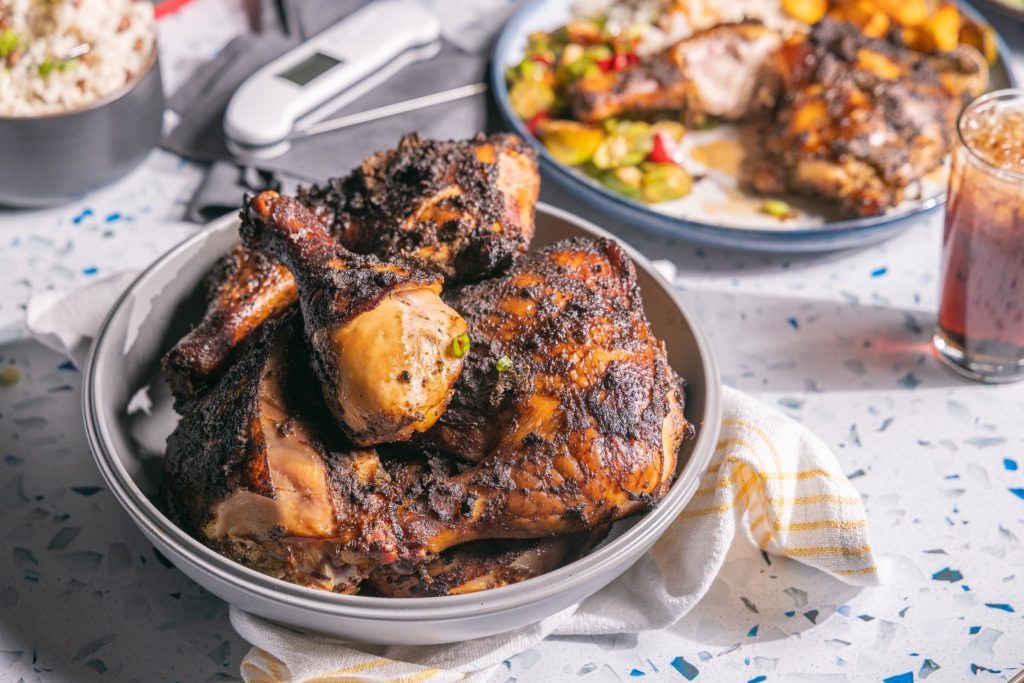
What is “jerk?”
History and cultural significance
“Jerk” began as a method of pit cooking wherein meat would be cooked in a pit over hot coals. It evolved from the needs of indigenous people and escaped slaves who where hiding in the mountainous interior of the tropical island. This ember-cooked food became a mainstay of celebratory and, eventually, everyday cuisine. But according to Jamaican chef Gariel Ferguson, “Jerk is [still] freedom manifested in food.”
There are about 740,000 people of Jamaican origin—immigrants themselves or the descendants of immigrants—living in the United States. For people living in Jamaica and abroad, jerk is an important part of Jamaican culture. It is eaten not only as an important part of holiday celebrations, but is an everyday symbol of their culture, a reminder of both oppression and freedom, of ingenuity and endurance. And for millions of people around the world with Jamaican heritage, it’s a taste of a home left behind.
(For an excellent look at the history and significance of Jerk cooking to Jamaican culture, see this Brief History of Jamaican Jerk.)
What jerk means today
Jerk eventually moved out of in-ground pits. If you’ve ever visited Jamaica, you’ve probably seen the jerk pan men with their converted oil drum smokers on the corners, serving hot, fragrant meat to passers-by. But moving to more portable and modern cooking methods hasn’t meant a change in many aspects of jerk cooking. The spice palate remains: lots of allspice (called pimiento in Jamaica), fresh thyme, nutmeg and/or mace, and as much Scotch bonnet chili pepper
In fact, purists insist that you can’t call something “jerk” if it isn’t smoked over the wood of the allspice tree—the unique smoke flavor is one of the important ingredients in the dish. And in that regard, we certainly can’t claim that what we present here is authentic jerk. You can, of course, buy pimiento wood on the internet to be shipped to you for your jerk. If you have the means, you might want to give it a try sometime.
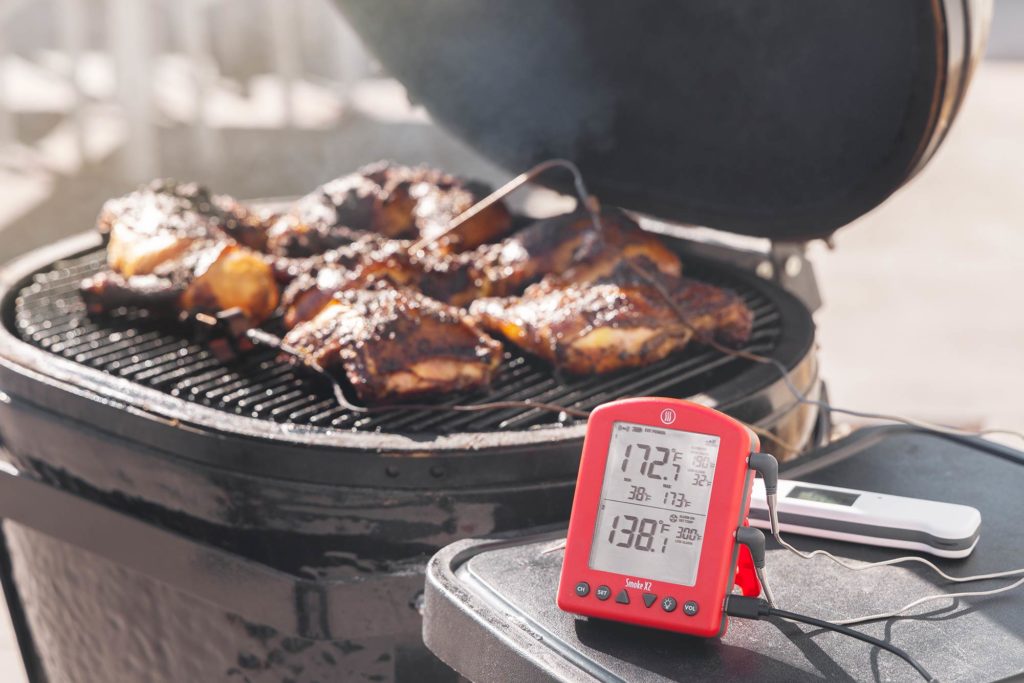
Jerk Seasoning
Jerk seasoning can be a dry rub or a wet paste. Here, we opt for the wet paste version, and we think you should make it yourself. Homemade jerk paste is well worth the little time it takes to prepare, and the flavor is incredible. It’s fresh, pungent, bold, and can be made just the way you like it.
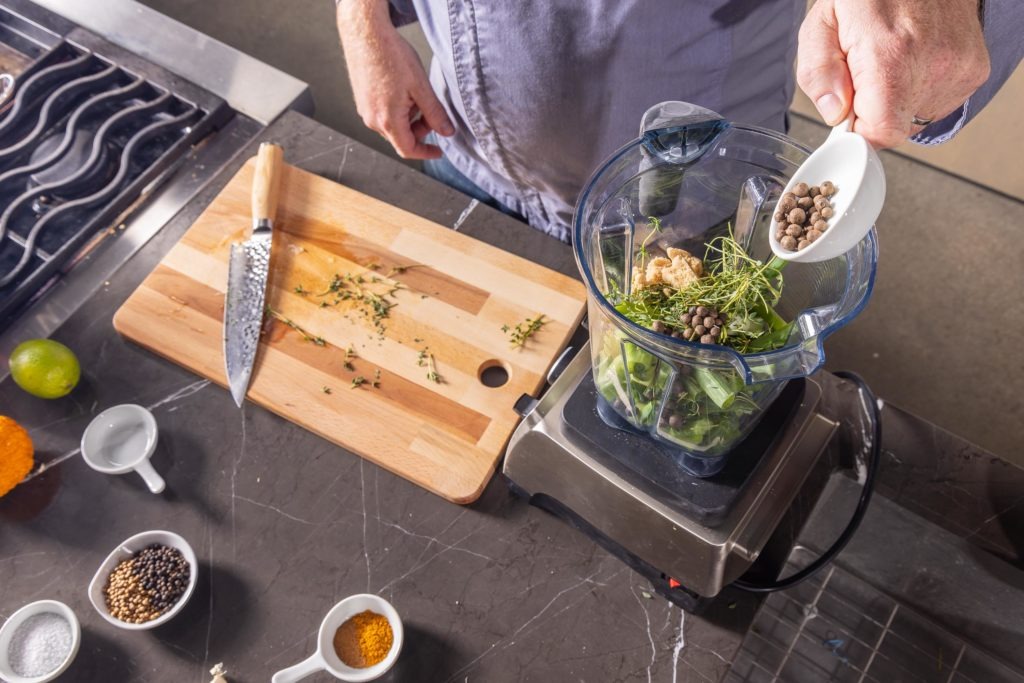
It’s easy enough to make! Basically, you roughly chop your ingredients and put them in a blender. Make sure there’s enough liquid to let the blender operate, and whiz it up. You’ll need about 2–3 Tbsp of paste per pound of meat, and the recipe we provide here makes about 1.5–2 cups, so it’s plenty for even a lot of meat!
Cooking jerk chicken
As we noted above, “jerk” is both a flavor and a method, and the method amounts, in essence, to BBQ. It’s a slower cook over smoldering coals, after all! We didn’t buy any pimiento wood, but we still wanted some of that flavor, so we followed the advice of America’s Test Kitchen and made a foil packet containing woodchips, allspice berries, bay leaves, and cinnamon. This approximates the spicy smoke of the pimiento wood. We heated our smoker to 300°F (149°C) using our Billows BBQ control fan and our Smoke X2™ then put our well-marinated chicken on to cook. We used the other channel on our Smoke X2 to monitor the chicken temperature, pulling it after we’d reached 190°F (88°C). (Why 190°F? Read about chicken internal temperatures to learn why that wasn’t overcooked.)
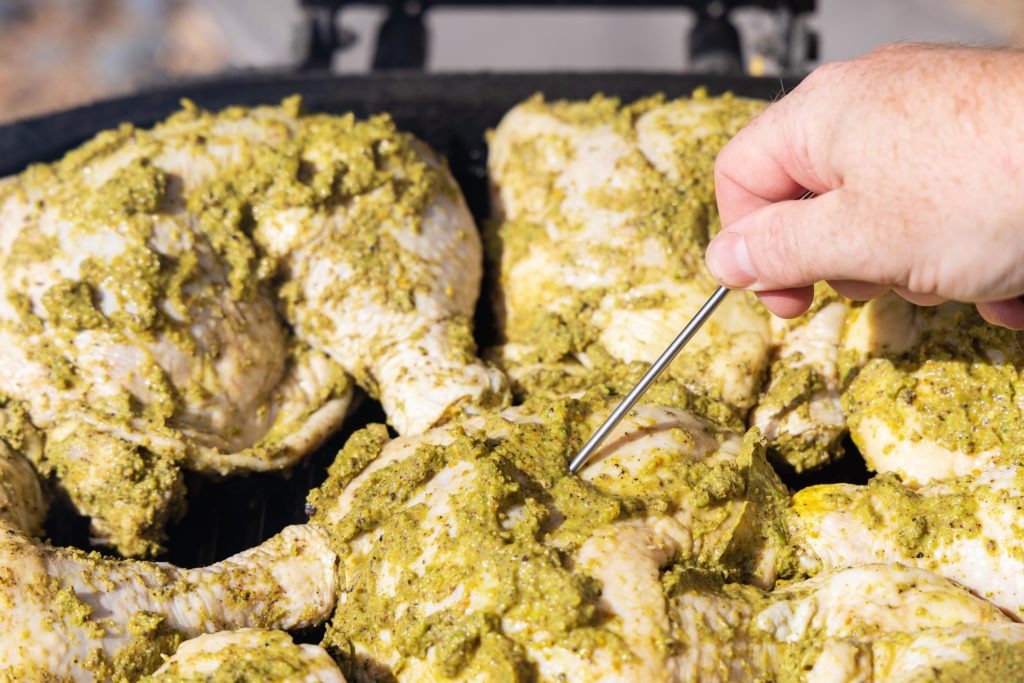
Using Billows allowed us to focus on other things while the chicken cooked, and Smoke X2 allowed us to monitor two channels from a distance, even far inside our building, without having to bother with any setup. We used the time to cook up some rice and peas as well as fried plantains to have with our chicken feast. As soon as the alarm on our receiver sounded, we verified the temperature with our Thermapen® ONE, took the chicken off the smoker, and were delighted to get to eat such delicious food without having to fly to Jamaica—or even Queens.
Make this dish! The flavor is unbelievable, and it’s incredibly fun to make. The smells while you assemble the marinade and when you put the spice packet on the coals are outrageously good, and the resulting chicken is smoky, savory, tender, and juicy. And our temperature tools and advice will help you know that this jewel of the culinary world is cooked perfectly every time. Happy cooking!
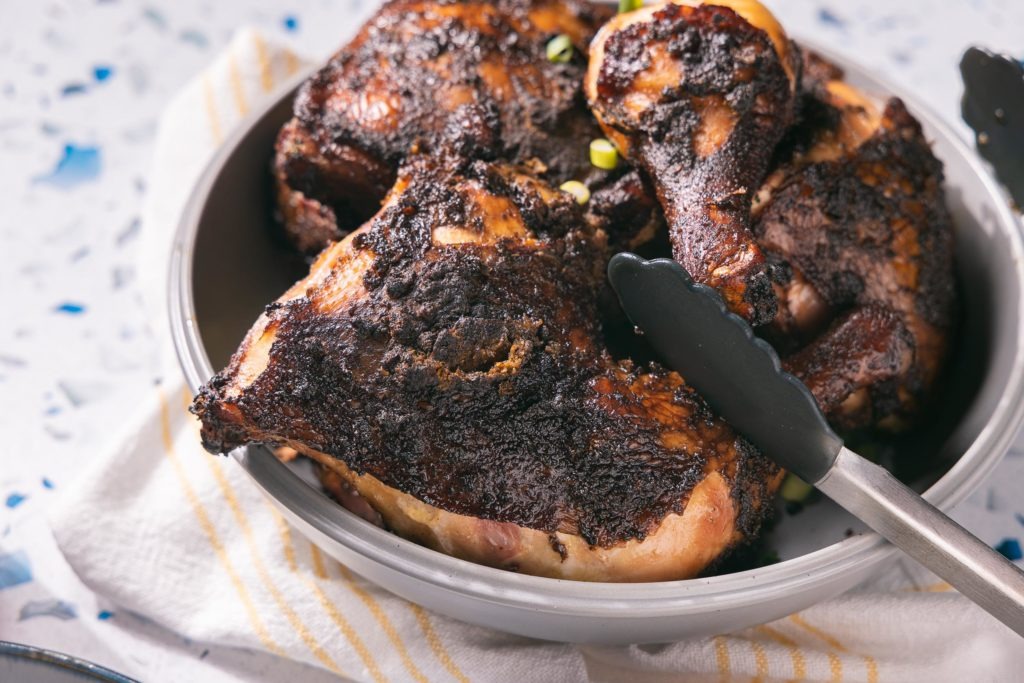

Spicy Jerk Chicken Recipe, Jamaican style
Description
Jerk chicken, adapted from Master of the Grill, America’s Test Kitchen and Jamaican Jerk Marinade, by Vaughn Stafford Gray
Ingredients
Jerk marinade paste
- 1–1/2 Tbsp coriander seeds
- 4 tsp allspice berries
- 1 Tbsp black peppercorns
- 1–4 Scotch bonnet (or habanero) chilies (depending on how much spice you can handle!), stemmed
- 8 scallions, rough-chopped
- 6 garlic cloves, peeled
- 3 Tbsp vegetable oil
- 2 Tbsp lime (or other citrus) zest (3 limes), plus lime wedges for serving
- 2 Tbsp lime juice
- 2 Tbsp white vinegar
- 1 1/2 Tbsp fresh thyme
- 1 Tbsp ground ginger or 2 Tbsp chopped fresh ginger
- 1 Tbsp packed brown sugar
- 3 1/2 tsp kosher salt
- 1/2 tsp fresh rosemary
- 1/2 tsp ground nutmeg
- 1/2 tsp ground mace
To cook the chicken
- 6–8 chicken leg quarters
- 2 Tbsp allspice berries
- 2 sprigs fresh thyme
- 2 sprigs fresh rosemary
- 1 cinnamon stick, crushed
- 2 bay leaves
- 1 C wood chips
Instructions
Make the marinade and marinate the chicken
- Place all ingredients into a blender jar and blend until smooth (1–3 minutes). Scrape down sides if necessary to blend all ingredients well.
- Place chicken quarters in a bowl, pan, or gallon-size zipper-lock bag. Pour jerk marinade over the chicken and coat completely.
- Cover chicken with plastic wrap (or remove air from the zipper-lock bag and zip shut) and let the chicken marinate for several hours or overnight.
Cook the chicken
- Make the spicy smoke packet by soaking wood chips, allspice berries, and fresh herbs in water for 15 minutes, then wrapping them in a packet of foil. Cut a few slits in the top of the packet. Set aside.
- Preheat your smoker to 300°F (149°C) using your Billows BBQ control fan and Smoke X2.
- Put the spice/wood packet directly on the hot coals right before you put the chicken on to cook.
- Place the chicken quarters on the grill, skin side up. Insert a probe into the largest thigh and set the high-temp alarm on the meat channel of your Smoke X2 to 190°F (88°C).
- Close the lid and cook.
- When the high-temp alarm sounds, spot-check the chicken quarters with your Thermapen ONE. If you don’t see any lower temperatures, you’re there! Remove the chicken from heat.
-
- Cover and rest for 5-10 minutes. Carve as desired and serve with lime wedges, rice and peas, fried plantains, or any other sides you like.
Shop now for products used in this post:


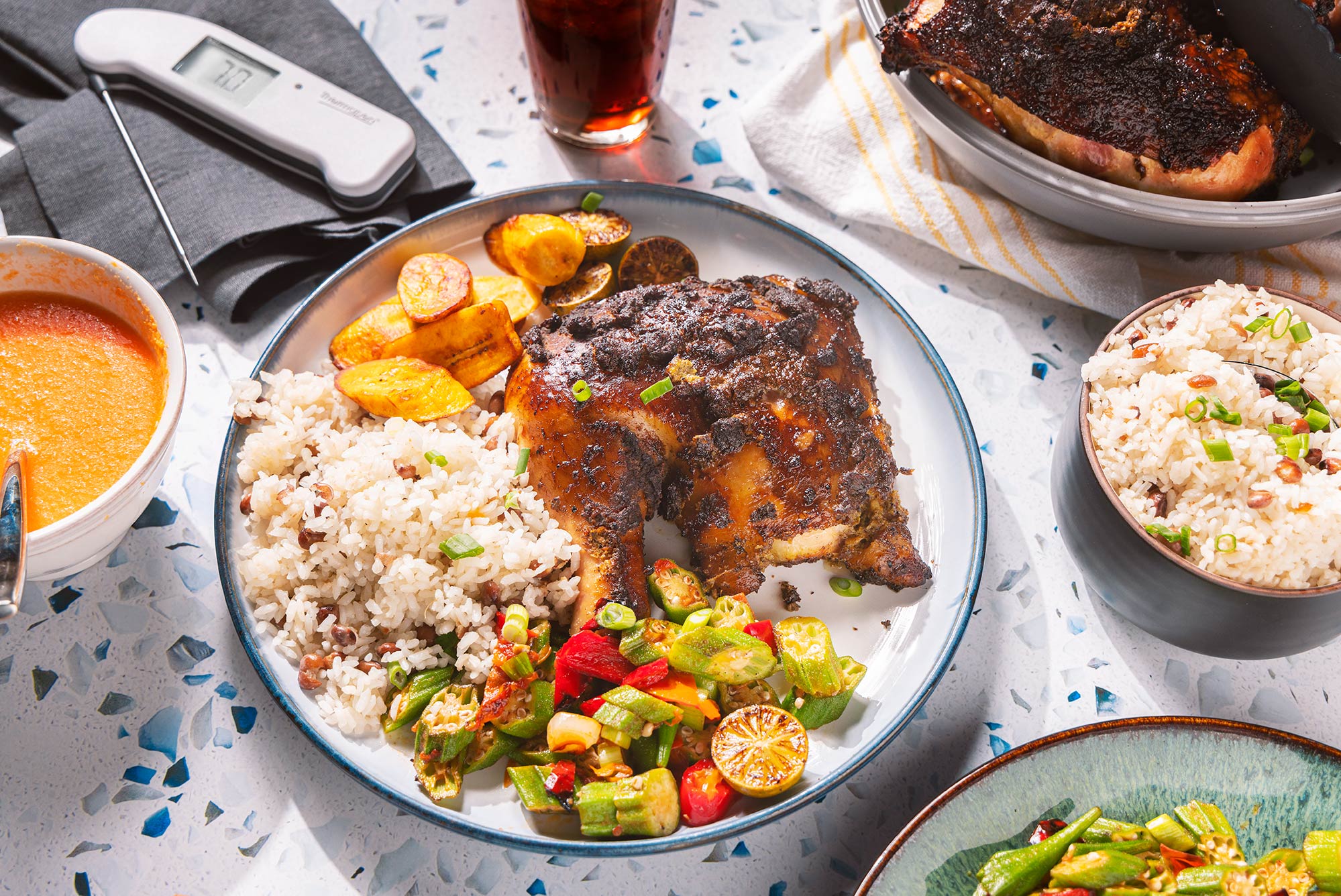
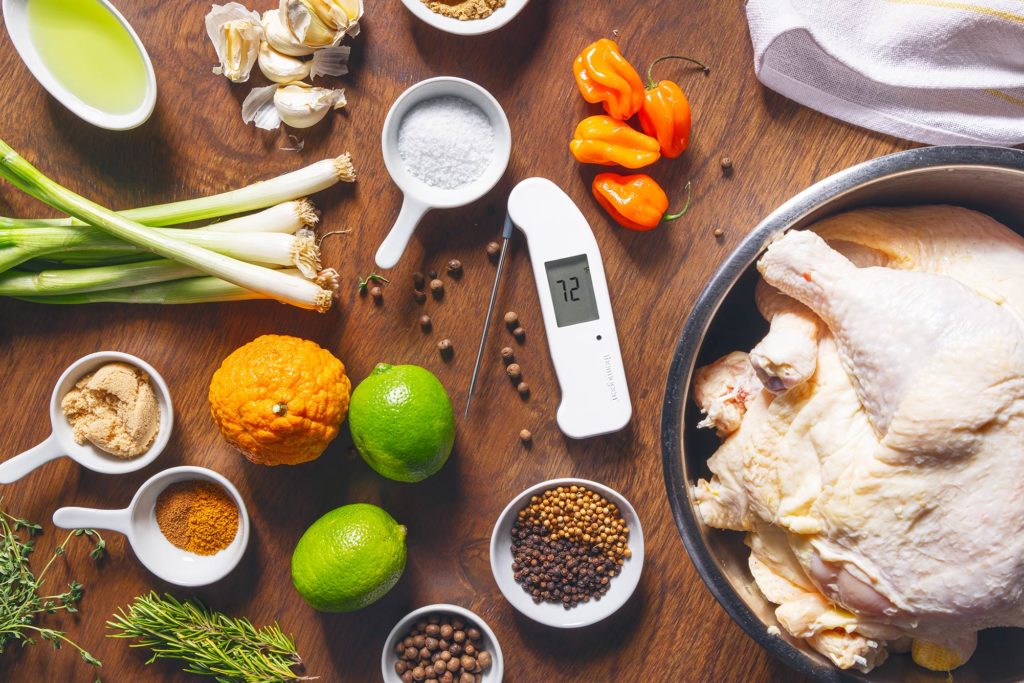
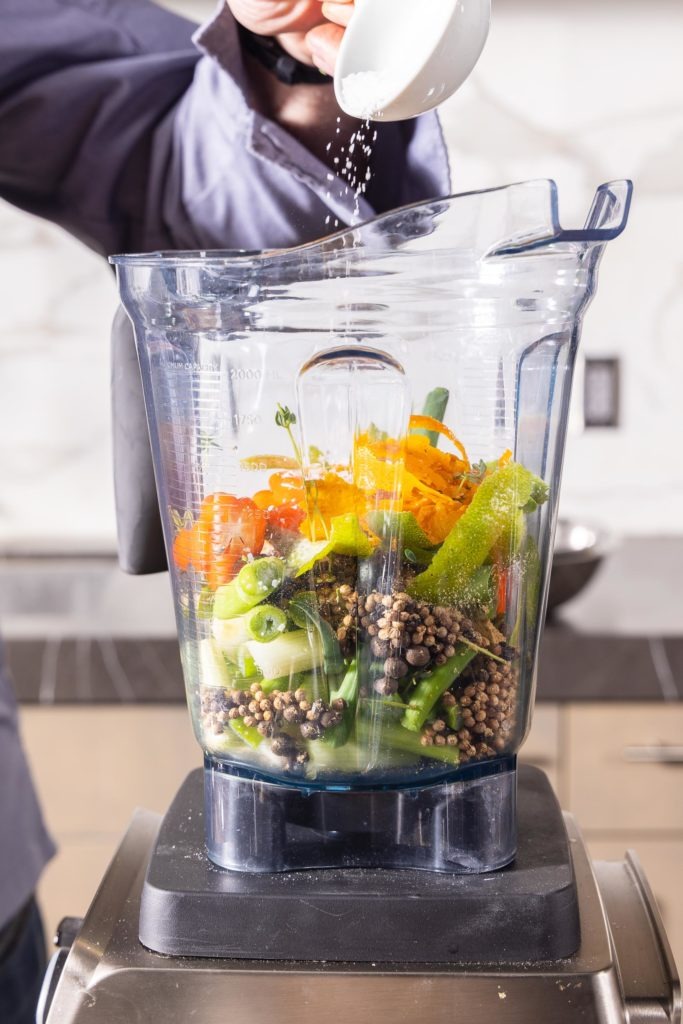
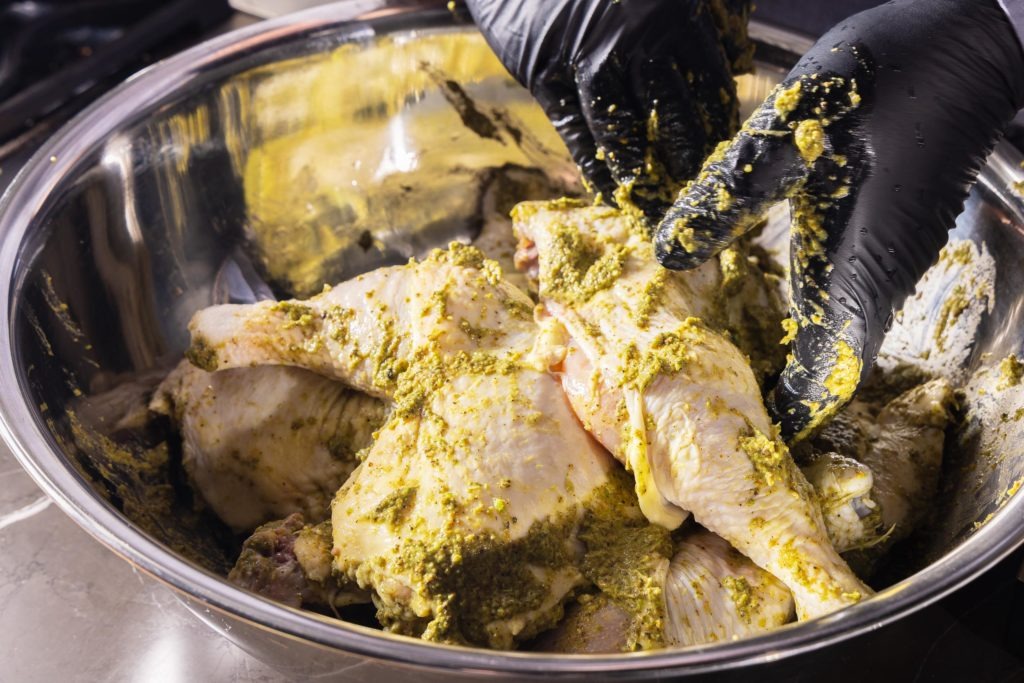
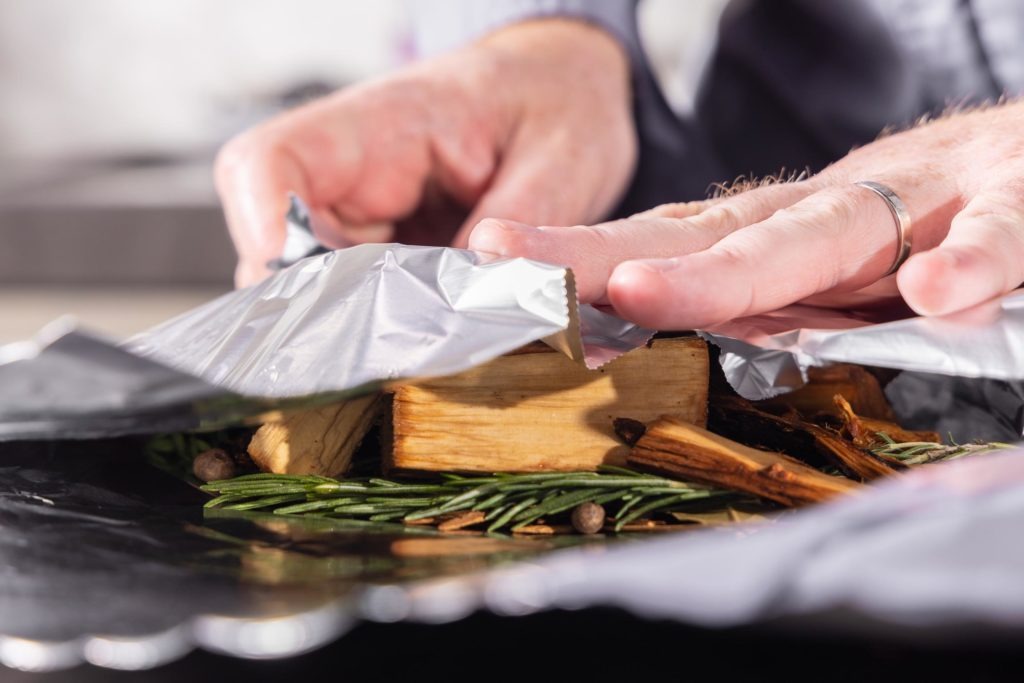
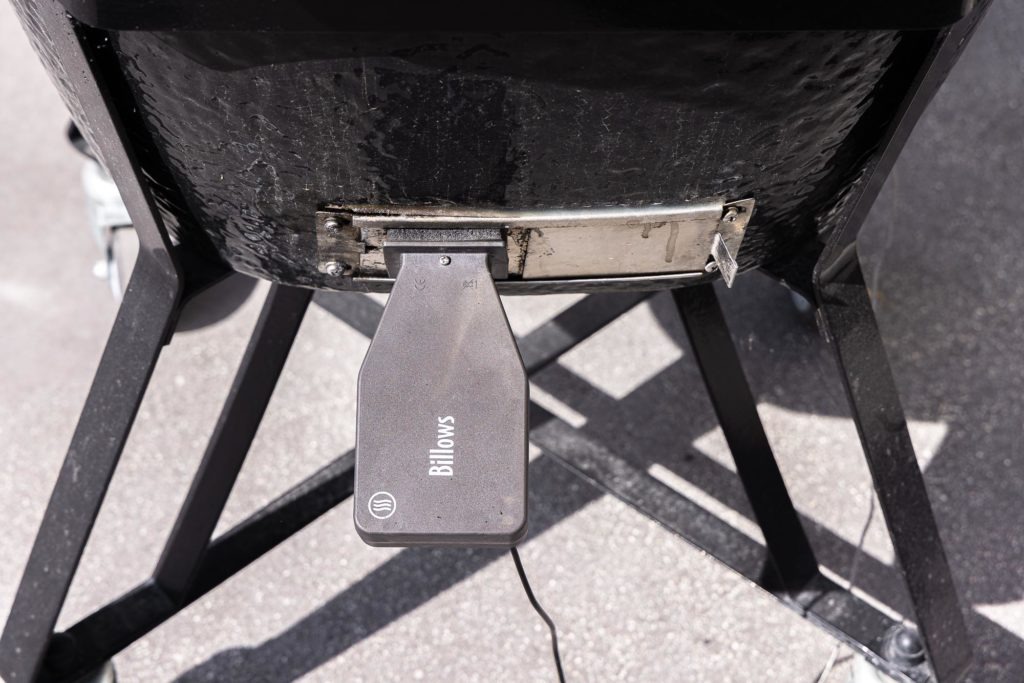
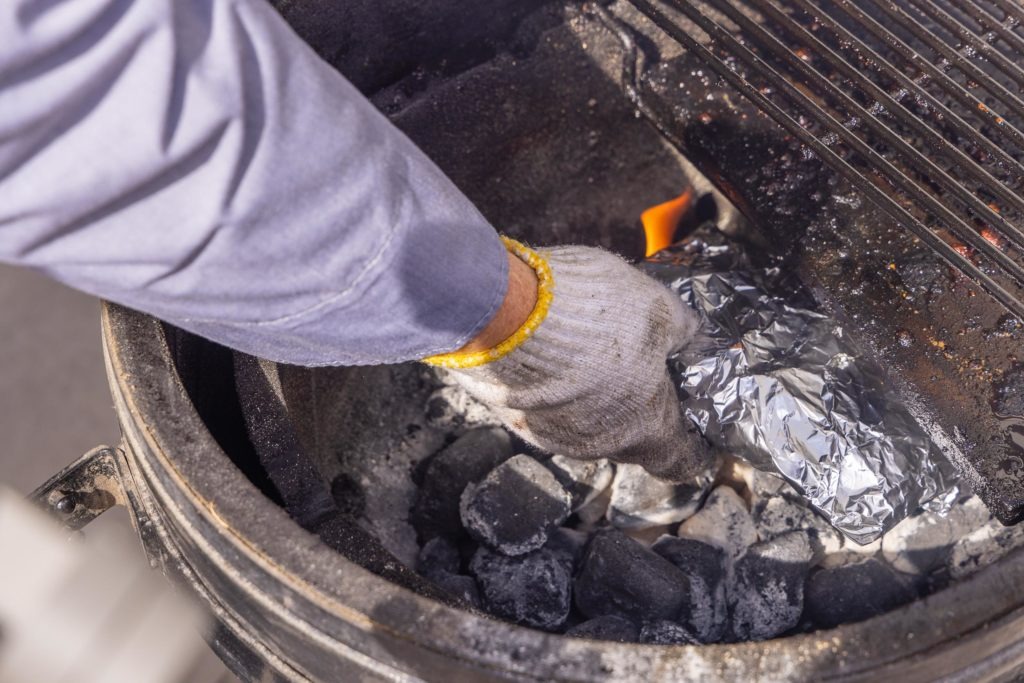
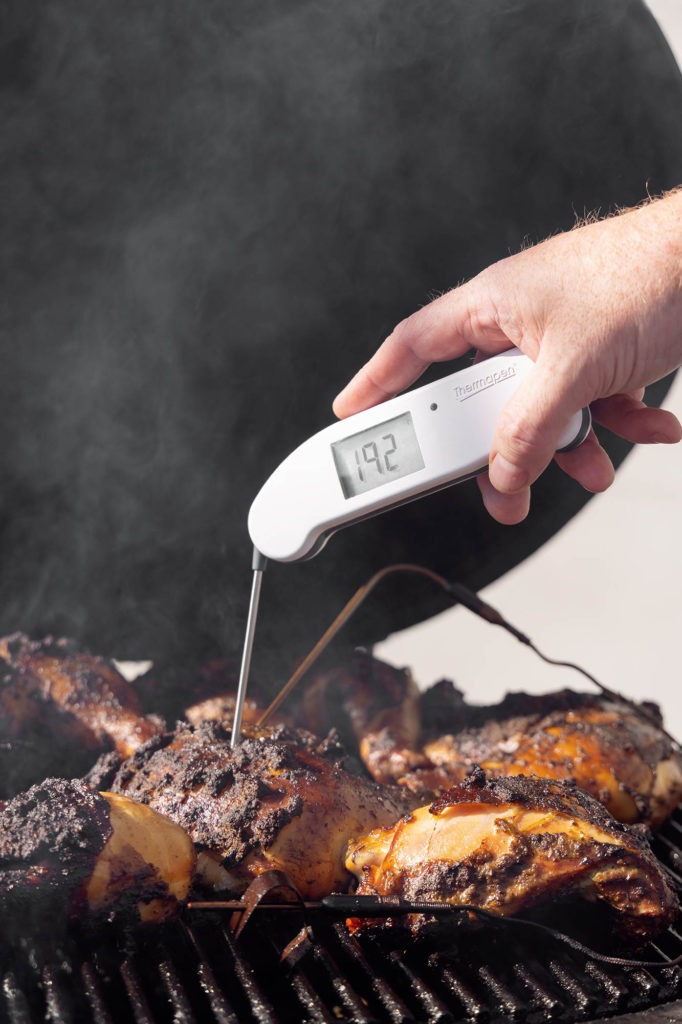
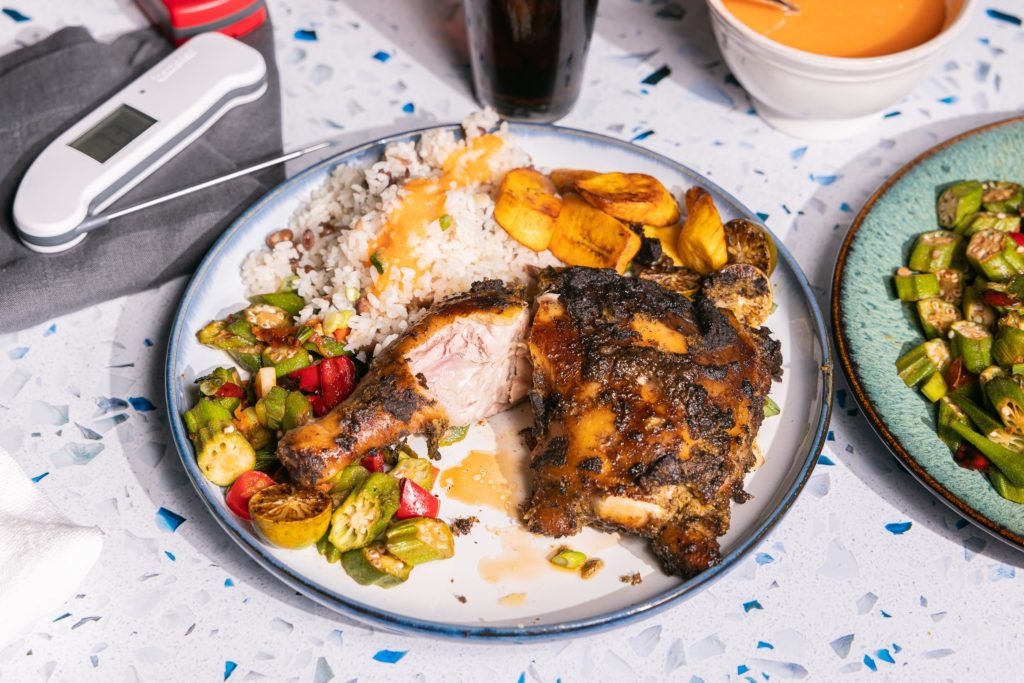


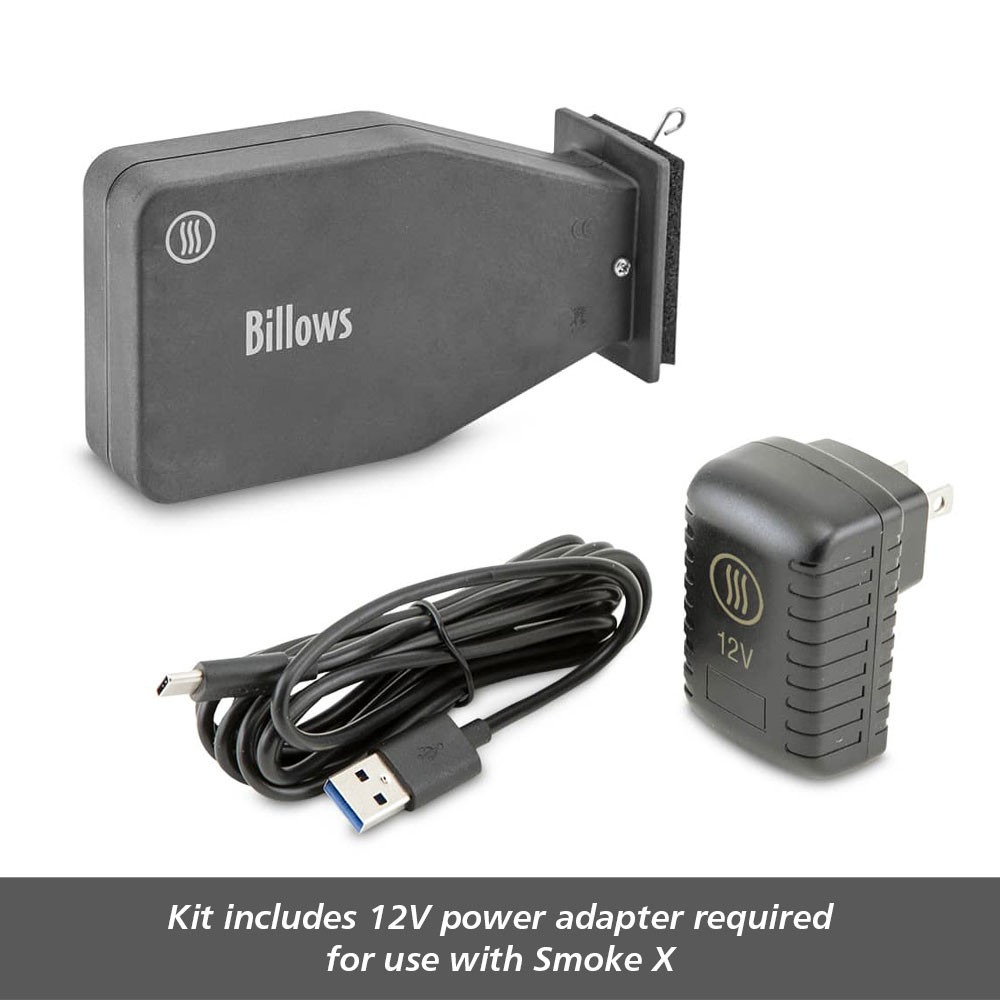
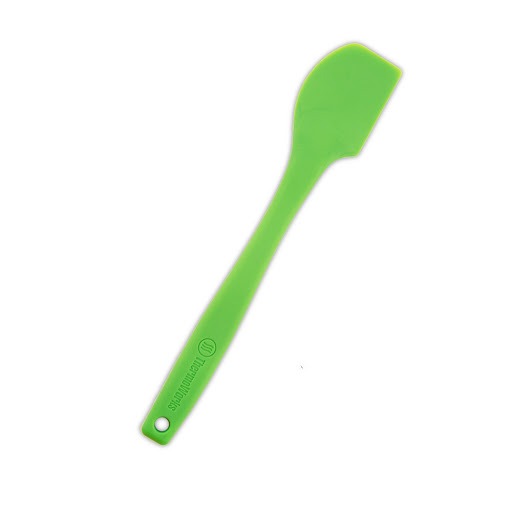
Nice to see this recipe on your site. Making jerk chicken is one of the main reasons I started buying your products! I started by following this recipe: https://www.seriouseats.com/recipes/2013/08/jerk-chicken.html. It’s poorly written, but once you figure it out, it yields great results. Very similar to yours except for the idea of spreading bay leaves and thyme sprigs on the grill and placing the chicken on top. Eventually, I thow the leaves, soaked in chicken grease by then, on the coals.
Absolutely delicious and an oft-requested family favorite!
I’ll have to check that version out. Thanks for reading!
It’s not clear to me: do you barbecue/smoke the chicken in the traditional method of using indirect heat? Or, do you put the chicken directly over the charcoals, with the top on so as to control the temp?
Good question! We used a diffusion plate for indirect cooking. If you’re not going to have a barrier, make sure the coals aren’t too hot or too close. It should be closer to smoking than grilling.
I read the accompanying article “Chicken Internal Temps:”. I do not see anything in the article about cooking chicken dark meat to 190 degrees. The article says 170 degrees is good and 175 degrees is better. What happens to the dark meat cooked to 190 degrees that makes this temperature better than cooking it to the 175 degrees the article recommends?
170°f will just get the collagen melting, by 175°F it’s melting even faster. By 190°F almost all of it has turned to gelatin and the meat is shreddy, supple, tender, and delicious. I usually aim for about 190°F unless I’m too hungry to wait!